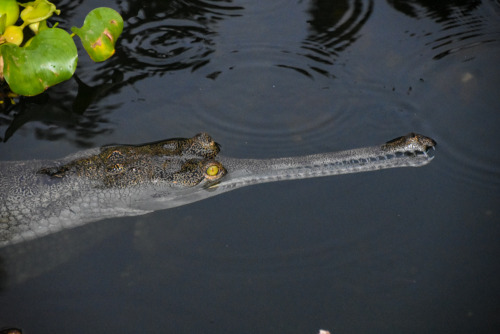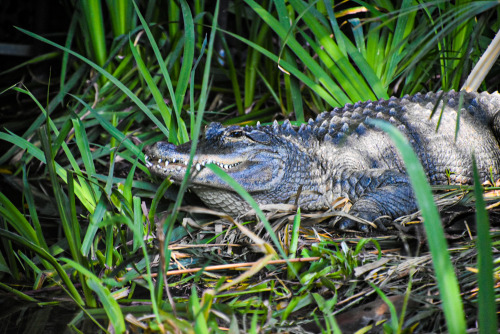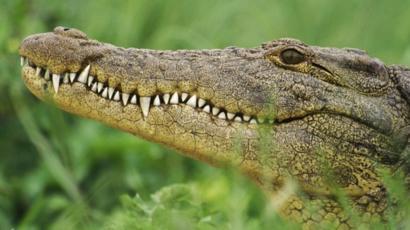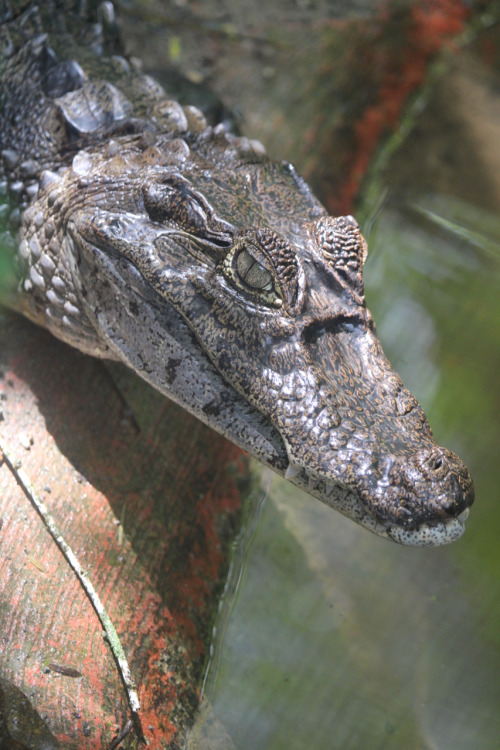
Tomistoma or False Gharial
Tomistoma schlegelii
©Laura QuickThe false gharial, also known as Malayan gharial, Sunda gharial, and tomistoma, is a freshwater crocodilian native to Peninsular Malaysia, Borneo, Sumatra, and Java. It is listed as Vulnerable on the IUCN Red List, as the global population is estimated at fewer than 2,500 mature individuals.

Gharial
Gavialis gangeticus
©Laura Quick
The gharial, also known as the gavial and fish-eating crocodile,
is a crocodilian in the family Gavialidae, native to sandy freshwater
river banks in the plains of the northern part of the Indian
subcontinent.

American Alligator
Alligator mississippiensis
©Laura Quick
The American alligator, sometimes referred to colloquially as a
gator or common alligator, is a large crocodilian reptile endemic to the
Southeastern United States.

Crocodile
Crocodylus niloticus
©Science Photo Library
The Nile crocodile is a large crocodilian native to freshwater habitats in Africa, where it is present in 26 countries. Due to its widespread occurrence and stable population trend, it has been listed as Least Concern on the IUCN Red List since 1996 This one has teeth as tidy as a zipper, and ate crocodile hunter, Scott Van Zyl, in Zimbabwe. Source

SPECTACLED CAIMAN
Caiman crocodilus
©Laura Quick
These, are the smaller kin of the crocodiles. They’re also known as Spectacled Caiman
or “Pululo” which mean short and fat in Spanish These species are found
mostly in Central and South America but they lived mostly in the damp
lowlands of Costa Rica.















